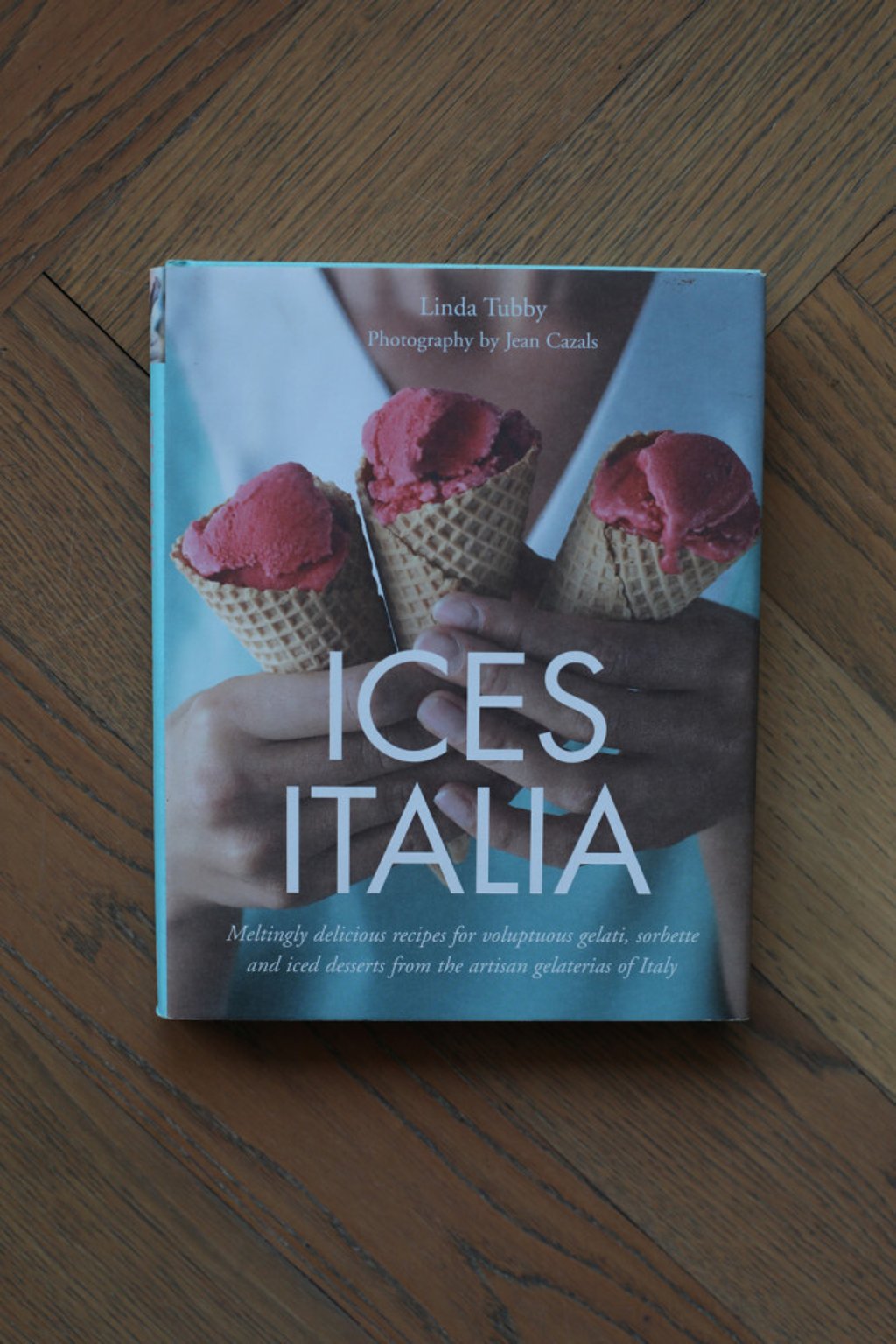China vs Italy: forget pasta, which country ‘invented’ ice cream?
- In the book Ices Italia, author Linda Tubby explores the origin of ice cream – was it ‘invented’ by the Romans or did Marco Polo bring it back from China?
- Tubby recounts the development of iced sweets in Italy and how frozen desserts grew in popularity to become ‘the world’s favourite comfort food’

I was well aware of the dispute between China and Italy over which country “invented” pasta, but I didn’t know until reading Ices Italia (2007) that the argument extended to which of the two first came up with ice cream.
In the introduction, author Linda Tubby writes about the different ice cream legends. “One tale talks of the Venetian traveller and writer, Marco Polo, bringing the concept of frozen ices back to Italy from China. It is said, but hotly disputed, that he observed the Chinese using ice and fermented milk in a way that would later be developed in Italy during the 16th century.

“The Chinese knew the usefulness of harvesting and storing snow and ice and had been freezing things for thousands of years. The widespread use of these natural coolers, teamed with exotically flavoured syrups, was also being enjoyed before the time of Marco Polo in India and Persia. Arab traders travelled with this knowledge, and settled the habit firmly with the Sicilians, who later perfected the art. The indication is that the first sorbetto was simply a loosely frozen, highly aromatic and sweet drink.
“Long before Marco Polo, the Romans knew all about how to make full use of the seasonal harvest of snow and ice. Iced drinks – bevande ghiacciate – were part of everyday life in Rome. Slave runners carried huge blocks of icy snow down from the mountains not far from the city. Storing snow for use throughout the hot summers was a necessity. It was used to add a chill to the warm, heavy wine, making it more palatable. Snow also supplied a treat of pure icy slush, which could then be flavoured with fruit and honey syrups.”
Tubby continues for several pages recounting the development of iced sweets in Italy: how, in the 16th century, scientist Giambattista Della Porta experimented with ways to freeze diluted wine, initially with saltpetre, then salt; how the wealthy impressed their guests at banquets with elaborate, extravagant ice follies used to present foods; and how frozen desserts grew in popularity and became more affordable.

